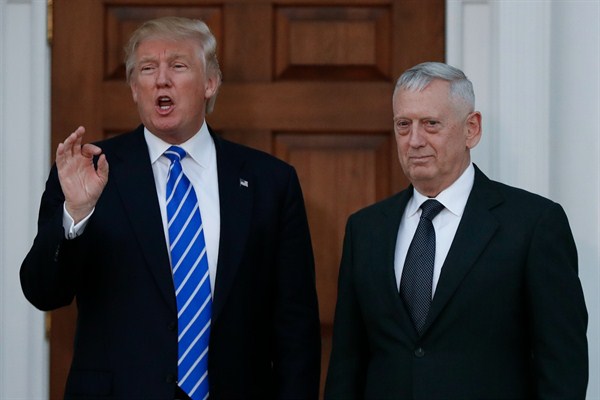Appointing military flag officers to civilian roles in a presidential administration is an American tradition. Beginning with Brent Scowcroft in the Gerald Ford administration, several national security advisers have been uniformed officers, and the Central Intelligence Agency has often been led by one, beginning with Adm. Sidney Souers, its first head. Three of the five Directors of National Intelligence, a position created in 2005, have been retired flag officers. Military men have also held Cabinet positions: George Marshall was both secretary of state and secretary of defense; Alexander Haig and Colin Powell both served as secretary of state.
Placing a flag officer atop the National Security Council, the intelligence community or even the State Department was a way to capitalize on the experience and talents of some of America’s most knowledgeable and tested leaders, and to bring a sense of order to sometimes disorganized agencies.
In the past, though, having serving or retired officers as senior policymakers has been the exception rather than the norm. That may be changing. As President-elect Donald Trump’s administration takes shape, he is considering appointing an unprecedented number of former flag officers. He has already tapped retired Army Lt. Gen. Michael Flynn as national security adviser; he unofficially announced his choice of retired Marine Gen. James Mattis as secretary of defense yesterday; he is giving a hard look at retired Army Gen. David Petraeus for secretary of state; and he is considering retired Marine Gen. John Kelly to lead the Department of Homeland Security.

